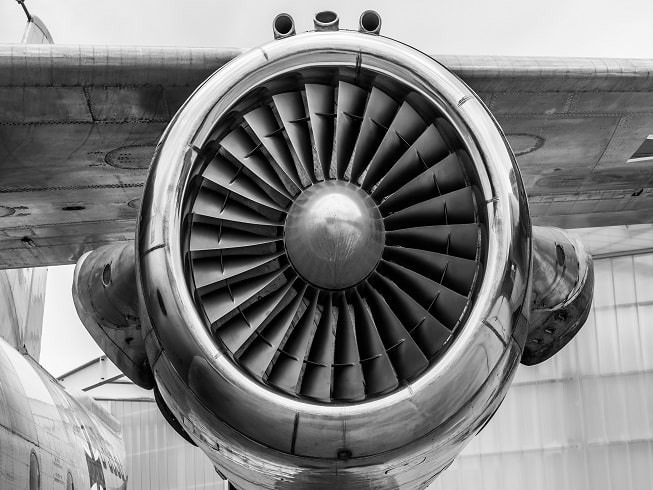Need Help?
Let our team of experts help you.Innovation within Aerospace
Constant innovation is essential for the UK aerospace industry to stay ahead of global competition. Research and development (R&D) tax credits are designed to support and encourage this innovation, helping firms invest in new discoveries and approaches.
The sector employs around 95,000 people and is worth approximately £31 billion, with some of the most advanced aviation and space flight technology arising from R&D to overcome uncertainty and technical challenges.
The innovative nature of the aerospace industry means many projects are potentially eligible for R&D tax credits and the number of R&D claims is increasing year on year in the UK. However, many aerospace businesses may be unaware they qualify for the incentive, particularly if work is subcontracted.
Examples of eligible activities
- Developing new or improved technologies
- Developing new manufacturing processes
- Creating new aircraft or spacecraft designs
- Reformulating existing materials or chemicals
- Developing new software
- Updating existing software for new purposes
- Designing, creating and testing prototypes
An aerospace firm knew it would have to improve the performance of various aircraft in order to keep pace with competitors, but faced uncertainty in how to deliver this without compromising on efficiency.
Engineers spent time conceptualising and evaluating new designs, weighing them up against customer specifications and requirements. This research allowed the team to determine the optimal approach, factoring in performance, reliability and safety.
A manufacturer sought to improve the reliability of airline vent tubes by adopting a new material. Having previously used fibreglass, the company experimented with aluminium as an alternative.
This required the development of new tools to build the product, and the firm encountered technical uncertainties as they evaluated the new material’s performance. After several stages of design, the firm developed a working prototype.
After facing pressure to increase manufacturing output, an aircraft company considered automating part of its process. This approach had the potential to reduce injuries among the workforce and decrease costs and time.
However, manufacturing of components is a detailed operation, and the firm had to perform extensive tests with the proposed automation system and develop several new approaches and techniques to accommodate it effectively.

